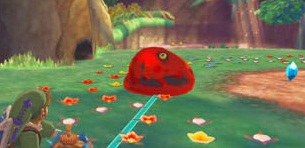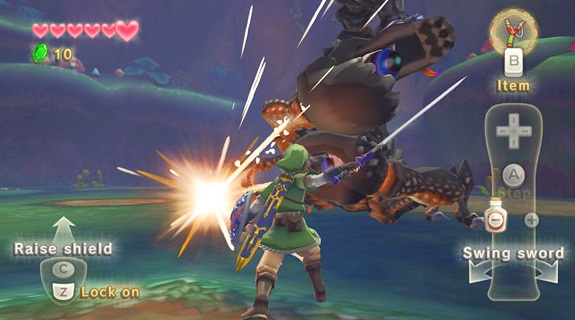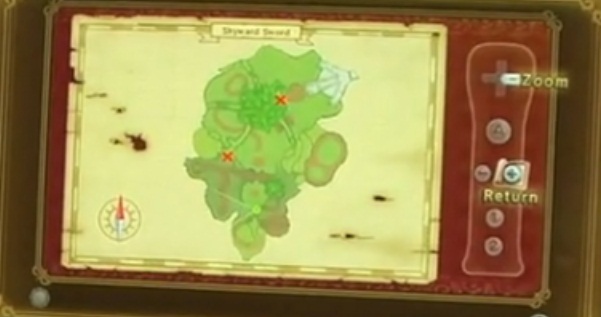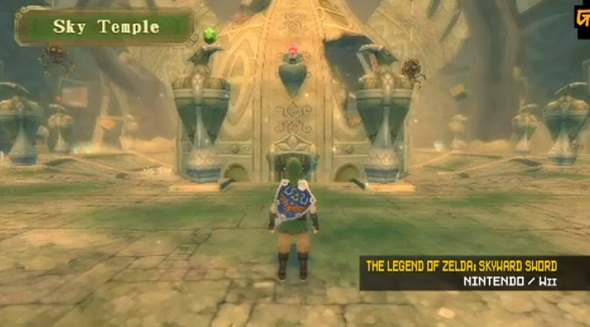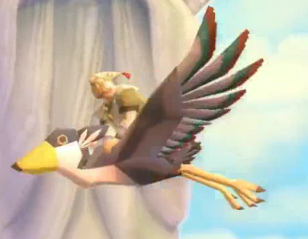Mario Motors is a cancelled racing / car engine simulation game that was in development by Yoot Saito (Seaman, Odama, SimTower) and Nintendo for their DS. While the game was never officially announced, Saito talked about it during his conference at Reboot Develop 2018. As we can read at Destructoid:
“”During one meeting, Iwata-san asked me a question: ‘Saito-san, what have you been interested in lately?’ I immediately understood what he was getting at, so I answered ‘sculpting chunk.’ Miyamoto-san said ‘huh?!'” (To help explain to the audience what he was referring to, Saito talked a bit about how things like watches, camera frames, and MacBooks are made. Sculpting objects out of metal chunks spoke to him and it was an idea he “really wanted” to make into a game.). […] This kind of sculpting is really appealing to a middle-aged guy like me […] I explained this crazy idea to them and they really listened to me very carefully in complete silence, and finally said ‘that sounds interesting, let’s give it a try. […] The concept eventually morphed into Mario Motors, “a game where you created engines.”
Saito summed it up as “shaving and sculpting out of a chunk of metal to make a cylinder [which then] decides the ability of your engines.” For part of the game he wanted to teach players how acceleration works in an interesting way and thought about having them blow into the DS microphone. “I scrapped this idea because this would cause children to get out of breath,” he explained.
As for why Mario Motors never moved ahead, Saito said “I can’t tell you why, but please guess.”
A few Mario Motors images were shared by Saito and we can see a “2008” date and a Nintendo DS Lite in there, but we don’t know when its original idea was conceived. A similar interactive concept was playable at E3 2004 when Nintendo had a “Carving tech demo” to showcase DS’ touch screen. As we can read in an old Kikizo E3 report:
“The Carving demo removed any doubts I had about DS’ touch screen sensitivity. The demo started by making your selection of a log, a steel cylinder, a watermelon, or a Mario wood sculpture. Whichever item you select is sent to the top of the screen and laid horizontally, then spun. At this point your touch pen becomes a razor sharp carving knife. Touching the object on the very edge only makes a skin deep incision, while moving in deeper cuts away an increasing amount of meat. Most impressive was the surgical precision of the carving on the DS touch screen.”
From the few Mario Motors images available, it looks like Mario would have been instructed on how engines work by an older version of him (?), with white mustache and air.
Images:

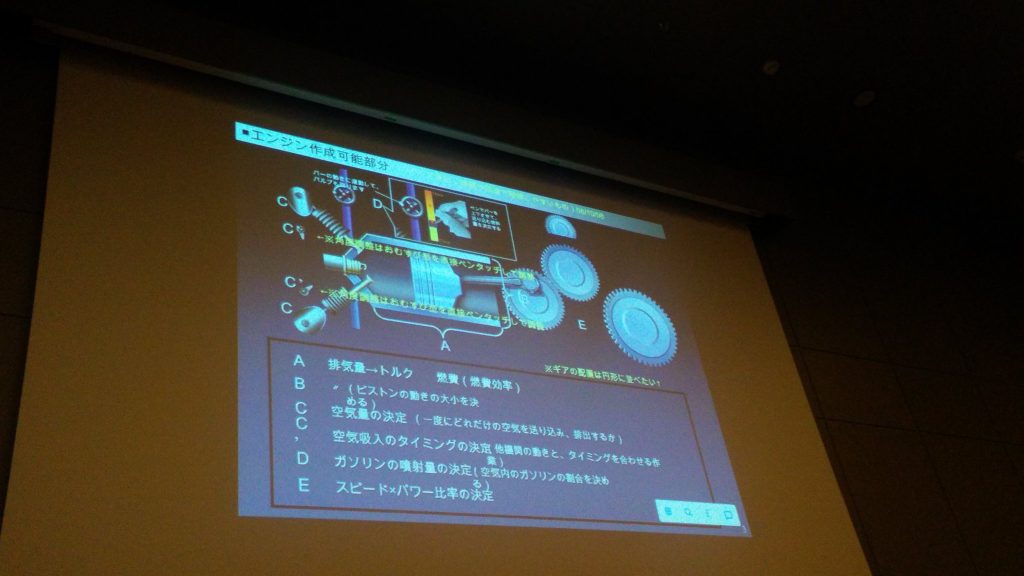
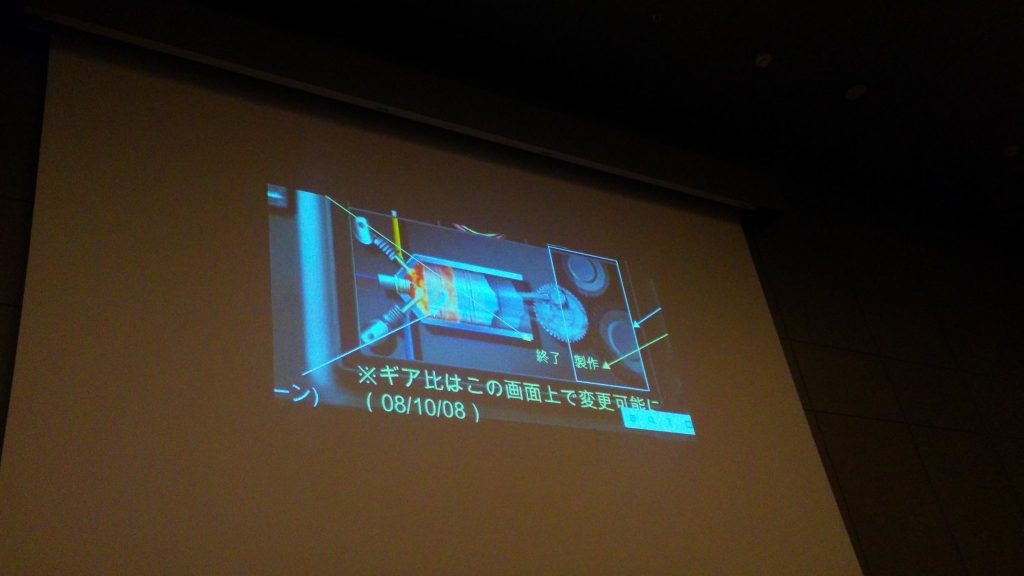
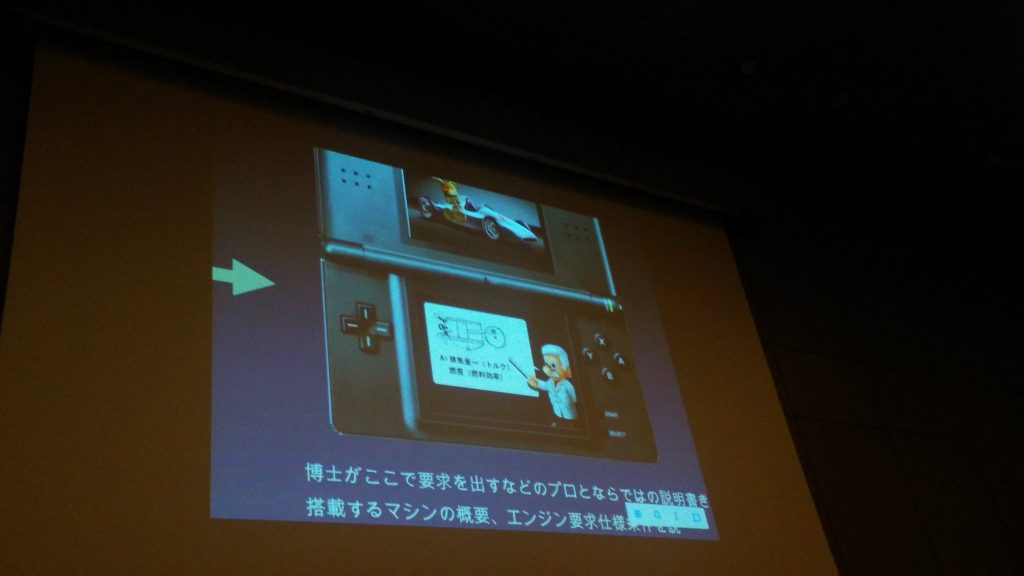
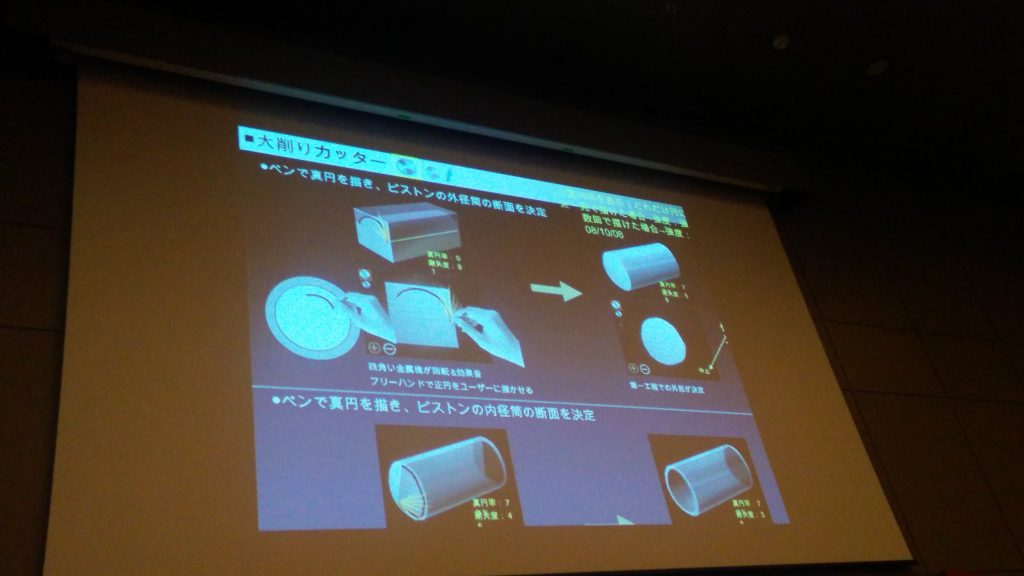
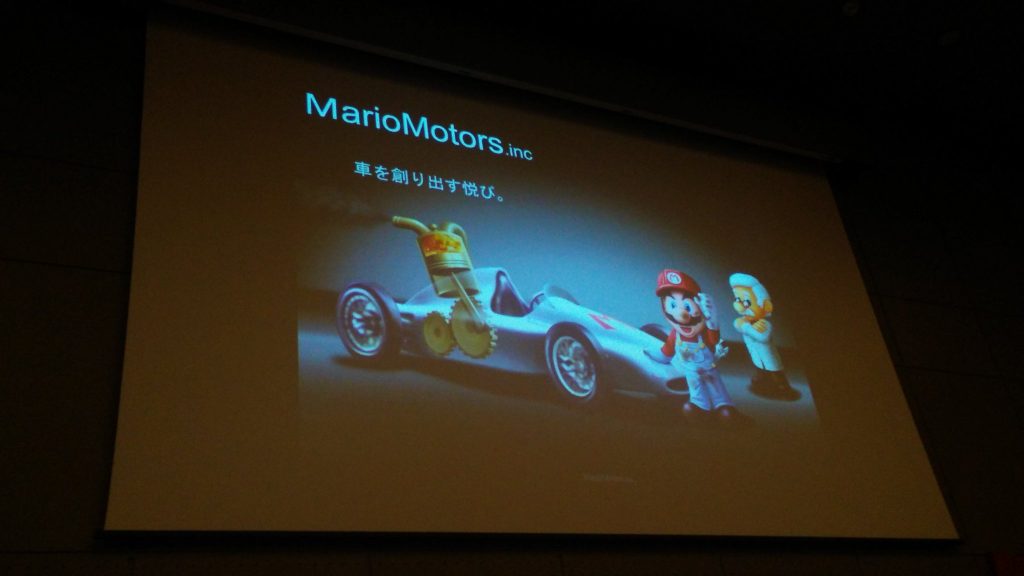
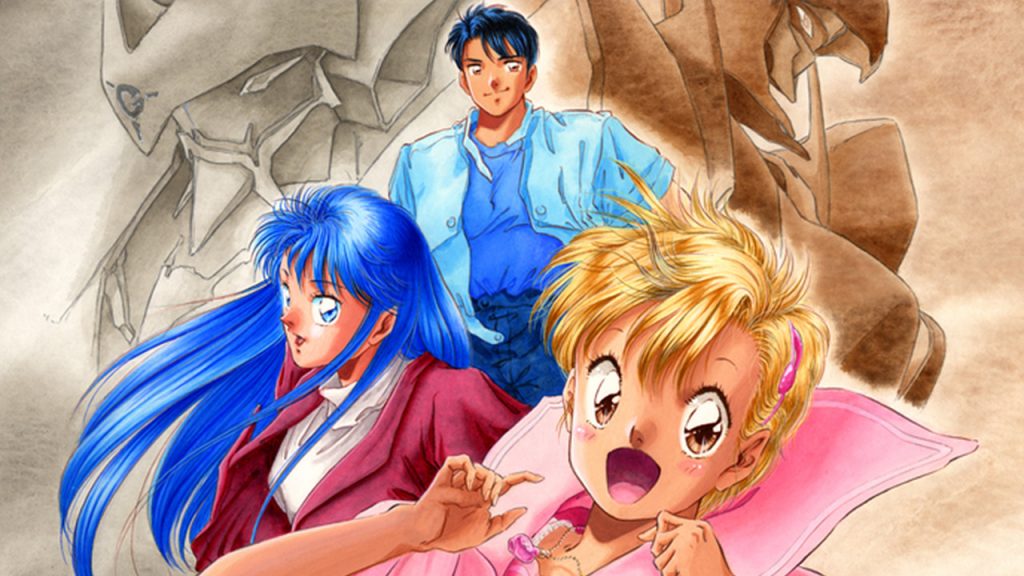
![Nintendo’s Harry Potter [Pitch / Cancelled – N64, GBA, GameCube] Nintendo’s Harry Potter [Pitch / Cancelled – N64, GBA, GameCube]](https://www.unseen64.net/wp-content/uploads/2015/02/nintendo-harry-potter-license-665x300.jpg)
